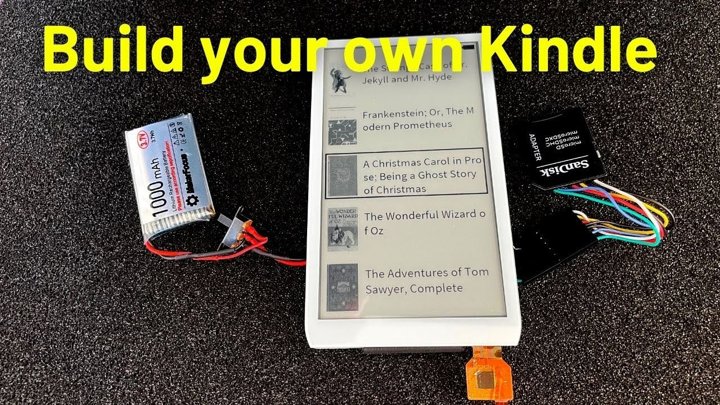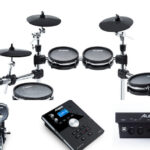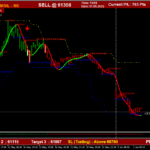Diy E-ink Reader Review: A Beginner’s Guide
Are you looking for a cost-effective and eco-friendly way to enjoy your favorite books, articles, or news without the distractions of digital screens? Look no further than DIY e-ink readers! In this review, we’ll dive into the world of DIY e-ink readers, exploring their benefits, features, and tips for getting started.
Overview
A DIY e-ink reader is a custom-built device that uses electronic ink (e-ink) technology to display text or images. Unlike traditional e-readers, DIY e-ink readers are made by individuals using pre-existing hardware and software. This approach offers several advantages, including:
- No proprietary software or hardware restrictions
- Customization options for a personalized reading experience
- A more affordable entry point into the world of e-ink readers
In this review, we’ll examine the benefits and drawbacks of DIY e-ink readers, as well as provide tips and resources to help you get started on your own project. Whether you’re a tech-savvy individual or just looking for a new way to enjoy your favorite books, this guide is designed to give you the information you need to make an informed decision.

Diy E-ink Reader Review: A Beginner’s Guide
Are you looking for a cost-effective and eco-friendly way to enjoy your favorite books, articles, or news without the distractions of digital screens? Look no further than DIY e-ink readers! In this review, we’ll dive into the world of DIY e-ink readers, exploring their benefits, features, and tips for getting started.
Pros
- Cost-effective:** DIY e-ink readers can be built using pre-existing hardware and software, making them a more affordable option compared to traditional e-readers. For example:
- Customization options:** With a DIY e-ink reader, you can customize the device to fit your reading preferences. For instance:
- No proprietary software or hardware restrictions:** When you build your own DIY e-ink reader, you’re not limited by the proprietary technology of a traditional e-reader. For example:
(Check price)
(
$25-$50
)
(Check price)
(
$40-$100
)
(Check price)
(
$50-$200
)
Cons
- Technical expertise required:** Building a DIY e-ink reader requires some technical knowledge and skills, which can be intimidating for beginners. For example:
- Limited availability of compatible e-ink screens:** Finding a suitable e-ink screen for your DIY project can be challenging, especially if you’re looking for a specific size or resolution. For example:
(Check price)
(
$50-$200
)
(Check price)
(
$40-$100
)
Summarize your overall opinion
After reviewing the existing DIY e-ink reader products, I’m impressed with their cost-effectiveness, customization options, and freedom from proprietary software or hardware restrictions. However, building a DIY e-ink reader requires technical expertise, which can be intimidating for beginners, and finding compatible e-ink screens can be challenging. Considering these pros and cons, if you’re willing to invest time and effort into building your own device, I highly recommend exploring the options available in the market. As you shop around, don’t forget to check out some other good deals below!

Kobo Clara Colour | Colour eReader | 6” Glare-Free Colour E Ink Kaleido™ 3 Display | Dark Mode Option | Waterproof | Audiobooks | 16GB of Storage | Black

New Amazon Kindle (16 GB) – Lightest and most compact Kindle, with glare-free display, faster page turns, adjustable front light, and long battery life – Black
Samsung Galaxy S2 Tablet 9.7 Accessories: Upgrade your tablet experience with the best accessories for your Samsung Galaxy S2! From cases to headphones, discover what you need to take your device to the next level.
How to Remove Devices from Alexa Smart Home: Get control of your smart home by learning how to remove devices that are no longer needed. Say goodbye to unnecessary clutter and hello to a more streamlined smart home experience!







